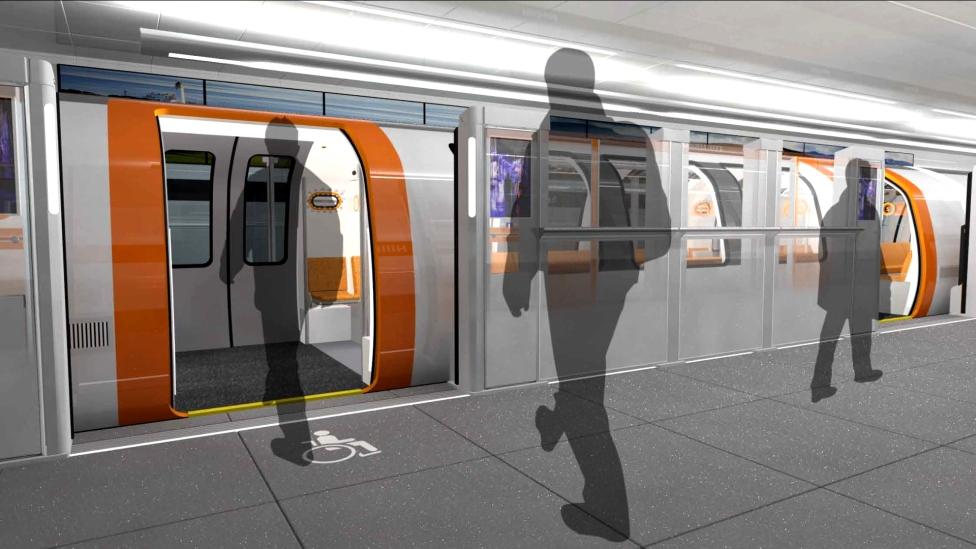Glasgow says goodbye to old subway trains
Subway carriages retire after 44 years on the track
- Published
It was the end of the line for Glasgow's 44-year-old subway cars, as the last old-style trains travelled the underground loop for the final time.
The city's subway has been gradually phasing out the old trains since December and replacing them with new wheelchair-accessible modern cars.
In total 17 trains have been gradually brought into service during 2024.
The new rolling stock is just one part of a £288m upgrade programme to the subway system that will feature platform doors and driverless trains in future.
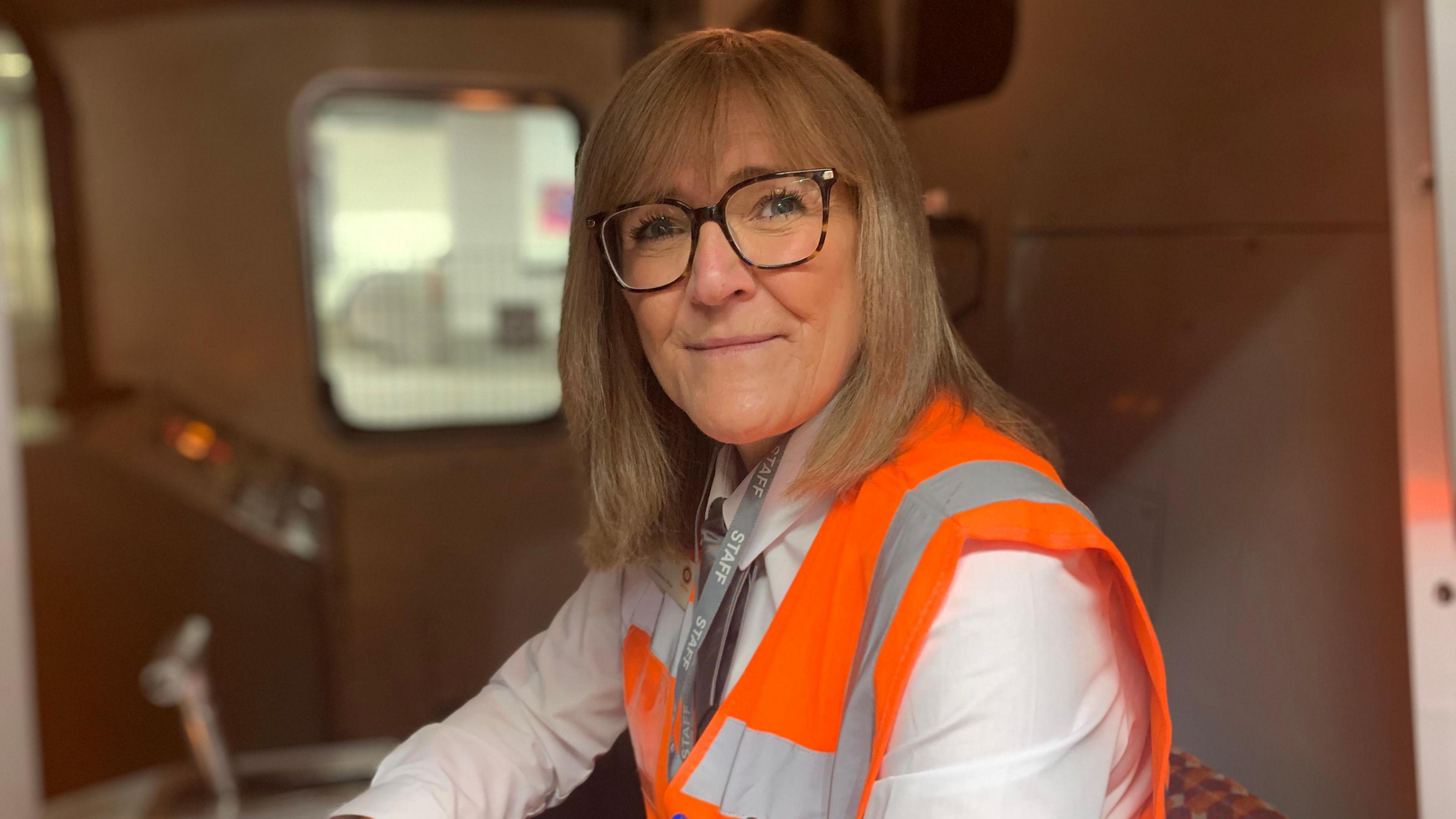
Driver Julie Baker says she had a lump in her throat because she had driven the trains her entire career
Strathclyde Partnership for Transport (SPT), which operates the subway, said the two final trains had completed an estimated 2.6million miles each in passenger service - 400,600 loops of the system.
Driver Julie Baker, who took one of the trains out for its last spin, said she was trying not to cry as she had been driving it for 35 years - almost as long as its lifespan.
"I'm actually emotional but its time to change," she said.
Julie has worked with SPT since she was just 16 and passed her driver's exam in her early 20s.
"There were quite a few girls driving at the time, but it seems to be more men doing it now - the shift's aren't always family friendly," she said.
"But it's all I've ever known.
"I'm looking for my big pension and retirement in the next few years when the trains become driverless," she said.

The 44-year-old legacy subway trains were introduced in 1980
The old-style trains were introduced to passenger service on 16 April 1980 as part of the system's second modernisation project, which started in May 1977.
This project closed the subway for three years.
It introduced 33 Metro-Cammell trains to the system, with eight additional carriages built in 1992 to make all trains three carriages long.
One of the legacy carriages has been moved to Glasgow's Riverside Museum as part of its transport exhibits.
The third-generation modern trains are wheelchair-accessible and include air-conditioning
The new third-generation trains are the same length as the older carriages, but feature a "walk-through" design and are air-conditioned.
SPT said the trains should be more comfortable and quiet.
The new trains are also the first to be wheelchair-accessible with a dedicated wheelchair space - however only two out of 15 stations on the subway have a lift to aid those with mobility issues.
Glasgow's Subway, often dubbed the 'Clockwork Orange' due to its striking orange colour and single loop design, has undergone its third modernisation since 2012.
This included a refurbishment of all 15 stations, a new smart ticketing system, new rolling stock (trains), and a new signalling, communication and control-room system being introduced.
The third-generation trains also have the capability to be driverless, which the operator aims to introduce in the future.
SPT will also introduce platform screen doors to station platforms, as part of the £288m upgrades.
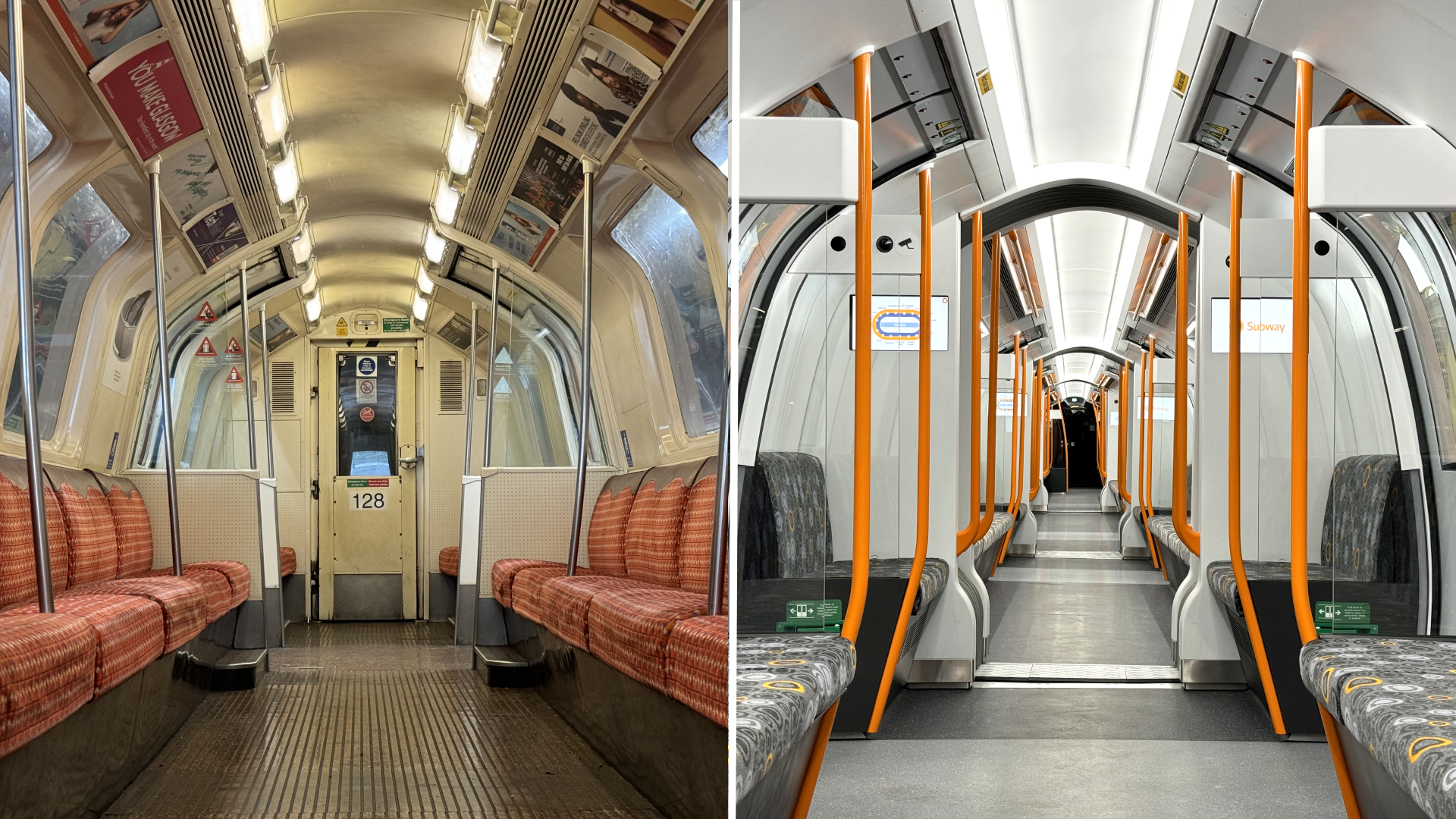
Interior designer Anna Campbell Jones, who is also a judge on 'Scotland's Home of the Year', designed the seat pattern (moquette) on the legacy trains.
Glaswegian Campbell-Jones told BBC Radio Scotland's Good Morning Scotland programme that it was her first design job after graduating Glasgow School of Art.
The old chairs featured 100% mohair upholstery and Scottish leather.
"It was in the early 90s when the old carriages were refitted", she said.
"It's incredible how long they've lasted and I feel incredibly old that something I designed will now be in a museum."

The legacy moquette also features striking Strathclyde red
SPT chairman, Councillor Stephen Dornan, said it was a sad day saying goodbye to the much-loved fleet.
"I know many of the staff, current and retired, and many passengers have been keen to come along over the last couple of weeks for one last loop round the system," he said.
SPT's director of transport operations, Richard Robinson told Good Morning Scotland that the new designs help bring the subway into the 21st Century.
Related topics
- Published11 December 2023
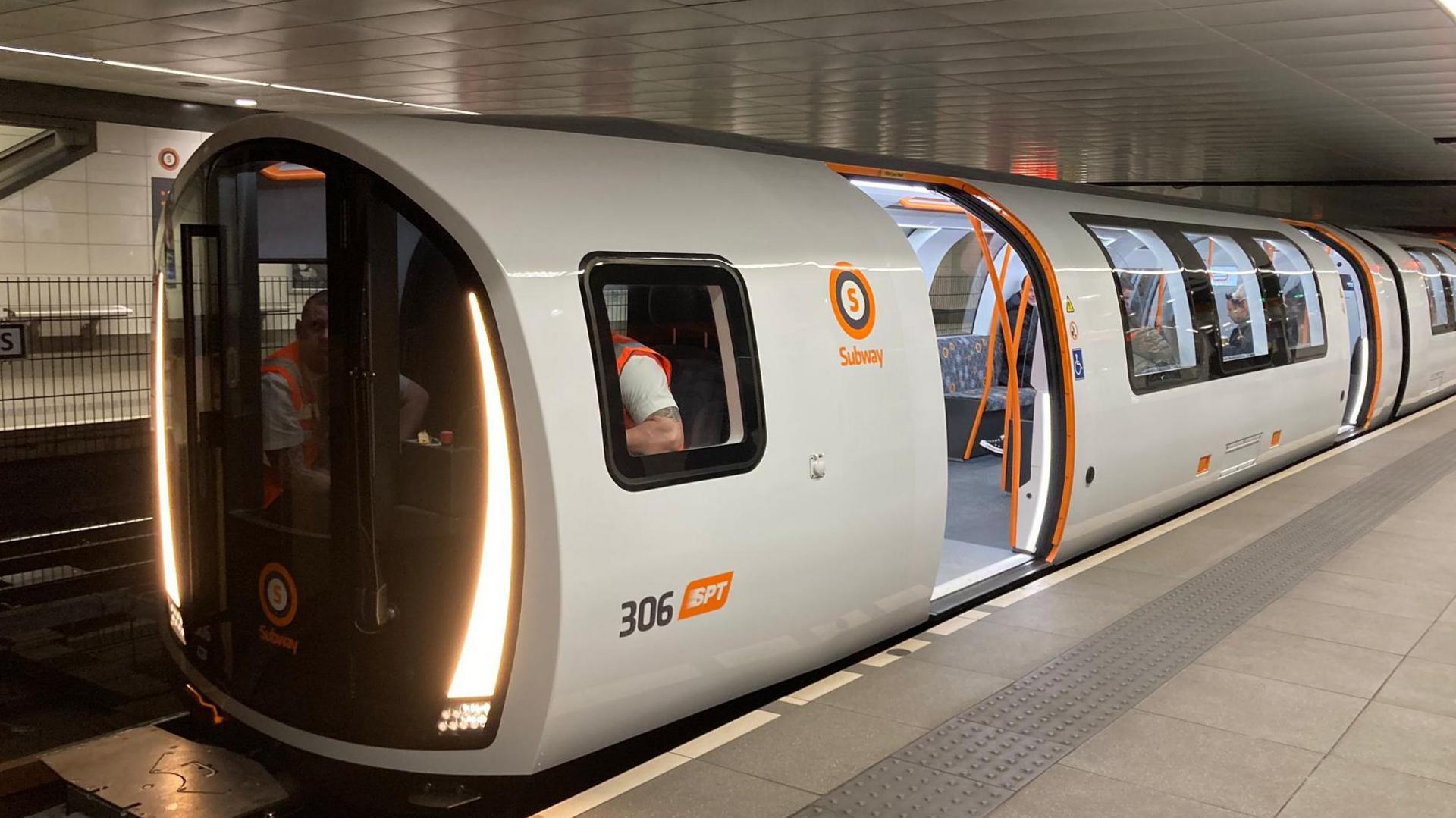
- Published19 July 2023
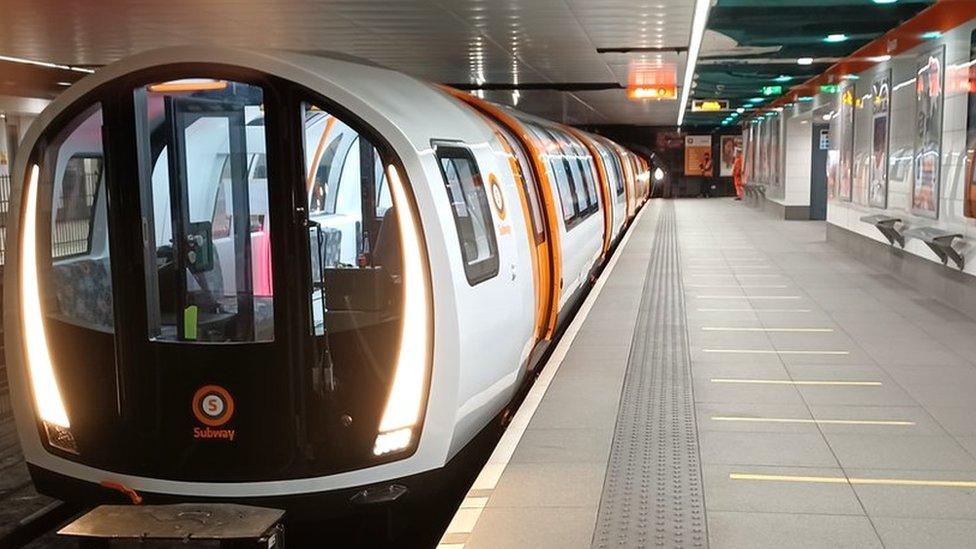
- Published4 March 2016
